Bananas are among the most consumed fruits in the world, known for their nutritional value, convenience, and delicious flavor. But beyond being a popular snack, bananas also represent a multi-billion-dollar industry that supports millions of livelihoods across tropical and subtropical regions. While many countries grow bananas, only a few dominate the export market. These exporting nations play a crucial role in feeding the global appetite for bananas and shaping international trade dynamics.
This article explores the top banana-exporting nations, their strategies for success, the economic and environmental implications of banana trade, and the challenges they face in maintaining their global dominance.
1. The Global Banana Trade: An Overview
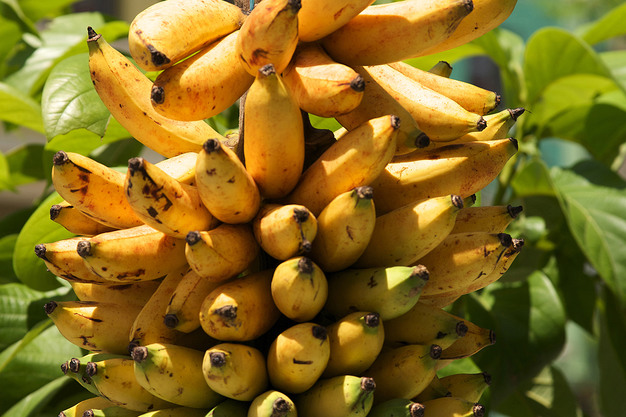
Bananas are one of the most traded fruits globally, with over 20 million metric tons exported annually. The international banana trade is dominated by dessert bananas—mainly the Cavendish variety—grown in large-scale plantations for international markets.
Key importers include the United States, European Union, China, Japan, and Russia, while top exporters are mainly located in Latin America and Asia. Multinational corporations such as Dole, Chiquita, Del Monte, and Fyffes play a pivotal role in controlling production, packaging, transportation, and marketing.
2. Top Banana Exporting Nations
Let’s examine the global leaders in banana exports, focusing on their annual volumes, trade partners, and strategic advantages.
1. Ecuador: The Undisputed Export Leader
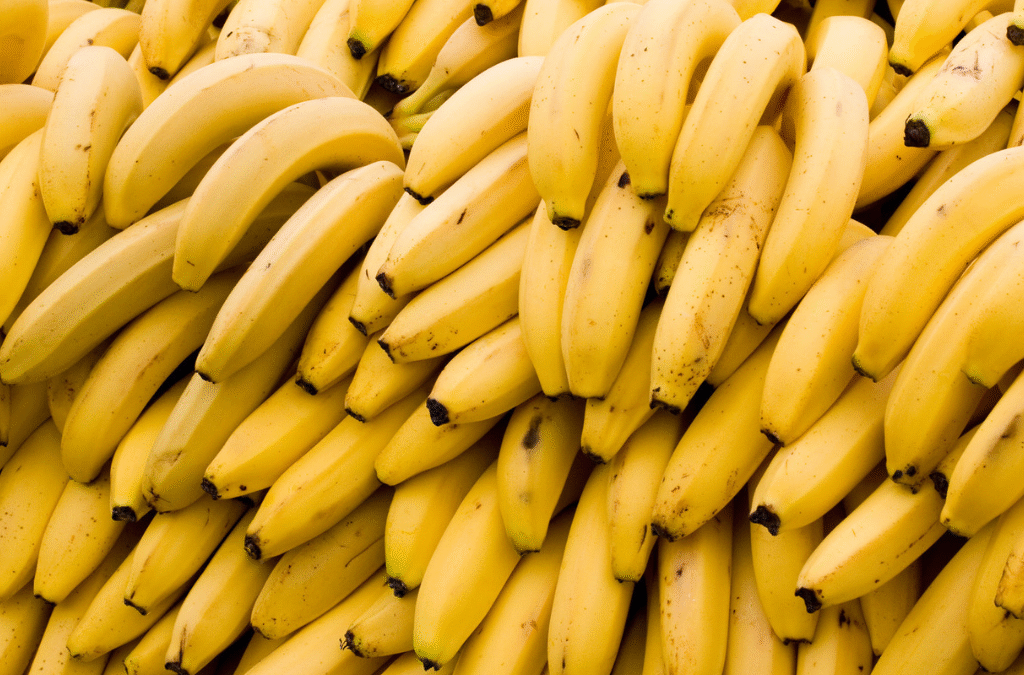
- Annual Exports: Over 6 million metric tons
- Share of Global Exports: ~25%
- Main Destinations: European Union, Russia, U.S., Middle East
Ecuador has maintained its position as the world’s top banana exporter for decades. With its ideal equatorial climate, fertile soil, and efficient logistics, Ecuador is perfectly suited for large-scale banana cultivation. The country also has modern port infrastructure, especially in Guayaquil, facilitating fast and fresh shipments worldwide.
Ecuador’s government supports the industry through favorable trade policies and negotiations with international buyers. Despite facing climate challenges and market fluctuations, Ecuador’s banana sector remains resilient due to strong institutional backing and international market relationships.
2. The Philippines: Asia’s Banana Powerhouse
- Annual Exports: ~3 million metric tons
- Main Destinations: Japan, China, South Korea, Middle East
The Philippines is the leading banana exporter in Asia and the second-largest globally. Its banana industry is concentrated in the Mindanao region, where the Cavendish variety is grown extensively.
The country’s strategic location and proximity to major East Asian markets give it a logistical advantage. However, the Philippines often faces disruptions from typhoons, Panama disease outbreaks, and labor strikes, which affect consistency in supply.
Despite these hurdles, the government and private exporters continue to innovate by adopting disease-resistant varieties and improving post-harvest technologies.
3. Costa Rica: Quality-Driven Exporter
- Annual Exports: ~2.5 million metric tons
- Main Destinations: United States, European Union
Costa Rica’s banana exports are known for high quality and sustainability practices. The country has heavily invested in certifications like Rainforest Alliance and Fair Trade, giving it a competitive edge in environmentally-conscious and ethical markets.
Large multinational companies like Chiquita operate plantations in Costa Rica, bringing in expertise and capital. Additionally, Costa Rica maintains stable trade relations with the U.S. and EU, making it a dependable supplier.
4. Colombia: High-Quality Bananas for Europe
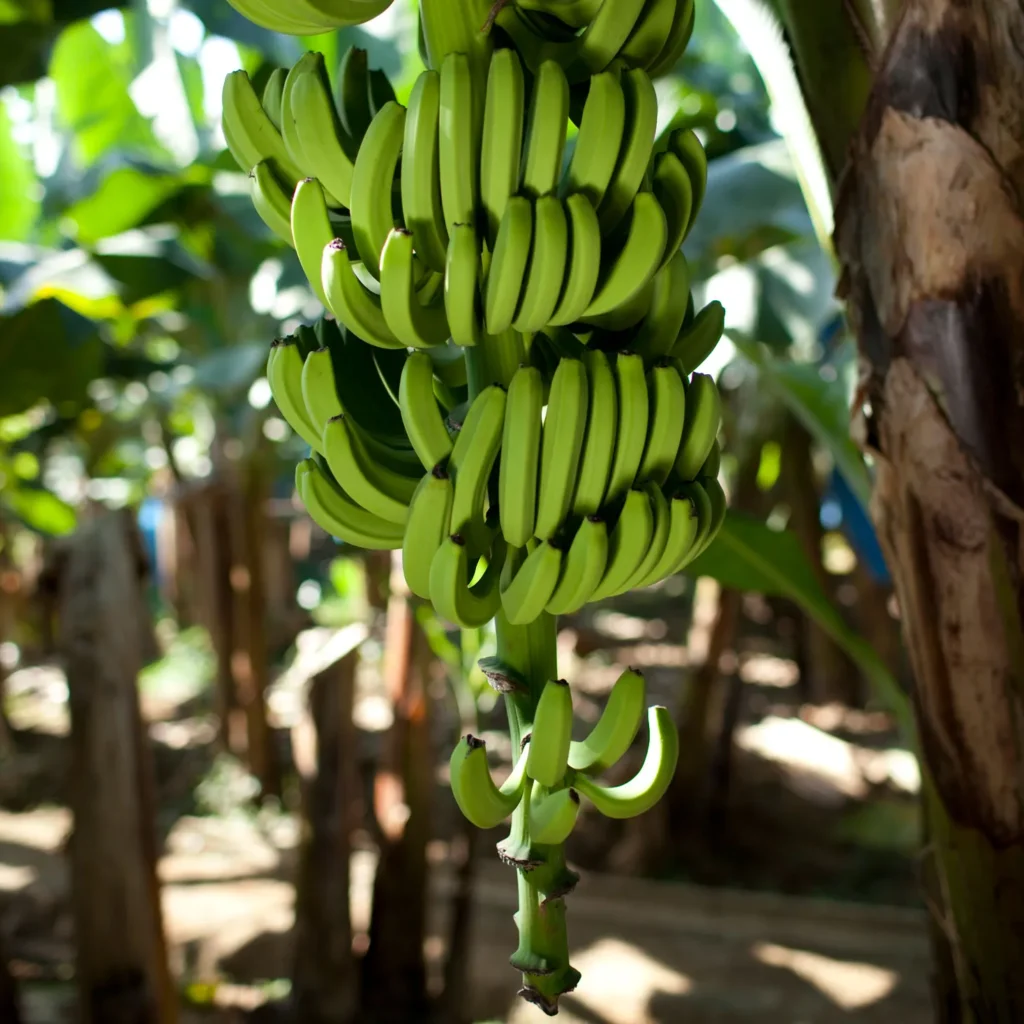
- Annual Exports: ~2 million metric tons
- Main Destinations: European Union, U.S., Russia
Colombia is a significant banana exporter with plantations primarily located in Antioquia and Magdalena. Its bananas are popular in Europe due to their consistent quality and flavor.
Despite the positive trade environment, Colombia has experienced challenges including armed conflict, labor issues, and fungal diseases. Nonetheless, industry reforms and improved security have helped boost investor confidence and expand production.
5. Guatemala: Growing Export Volumes
- Annual Exports: ~1.9 million metric tons
- Main Destinations: United States
Guatemala’s banana industry is heavily export-oriented and dominated by large agricultural firms. Bananas are the country’s top agricultural export, accounting for a major share of foreign exchange earnings.
While the country benefits from proximity to the U.S. and established trade routes, it faces criticism for labor rights violations, environmental degradation, and corporate monopoly practices. Calls for greater transparency and sustainable farming practices are growing louder.
6. Honduras: Steady Supplier in Central America
- Annual Exports: ~1 million metric tons
- Main Destinations: U.S., Europe
Honduras, once the home of the infamous “banana republics,” has rebuilt its banana industry with a focus on quality and consistency. Despite frequent hurricanes and disease outbreaks, Honduras remains a reliable exporter with access to both North American and European markets.
Government support and private sector investment are gradually modernizing banana production in the country.
7. Côte d’Ivoire (Ivory Coast): Africa’s Banana Export Leader
- Annual Exports: ~500,000 metric tons
- Main Destinations: European Union
Côte d’Ivoire is the leading banana exporter in Africa, with its exports mainly going to France and other EU countries. The country’s banana industry is well-regulated and benefits from EU trade agreements and sustainability certifications.
Banana exports from West Africa are gaining ground due to lower production costs and expanding infrastructure. However, issues like limited water resources and underdeveloped logistics still hinder faster growth.
3. Why These Countries Lead the Market
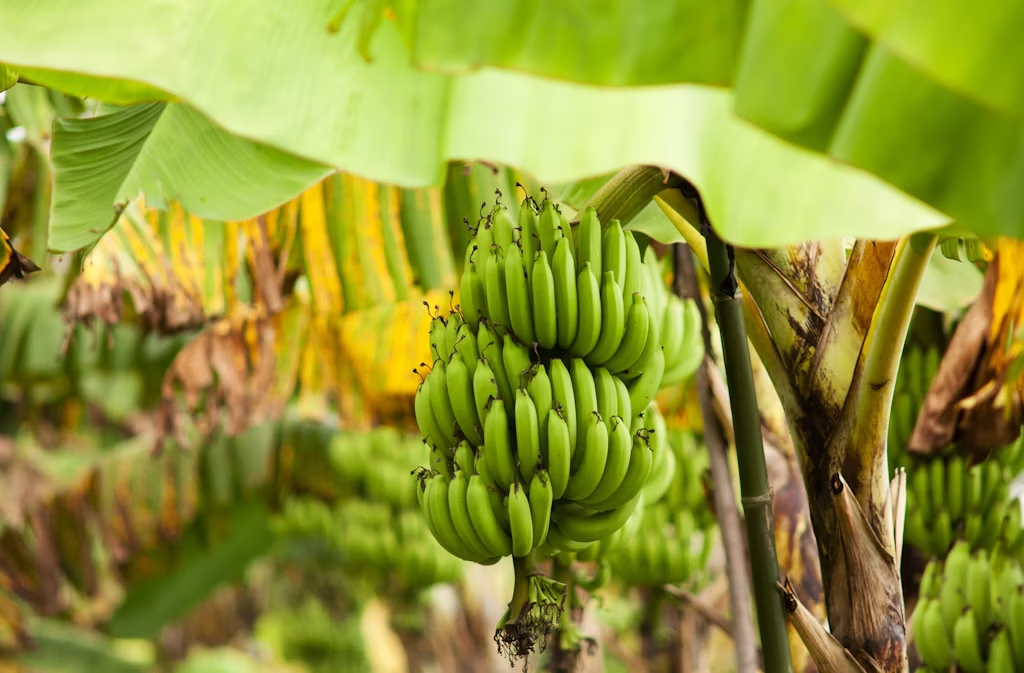
Several key factors explain why the above nations dominate the banana export industry:
1. Favorable Climate & Geography
Most top exporters are in equatorial regions with the perfect mix of temperature, rainfall, and humidity needed for banana growth.
2. Infrastructure & Logistics
Efficient road networks, cold storage facilities, and modern ports make a huge difference in delivering fresh bananas to global markets.
3. Trade Agreements
Access to preferential trade terms—especially with the EU and the U.S.—boosts exports for countries like Ecuador, Colombia, and Côte d’Ivoire.
4. Private Sector Investment
The involvement of multinational companies ensures capital for research, high-yield cultivars, disease management, and global marketing.
4. Challenges Faced by Banana Exporters
Despite their success, banana-exporting nations face several challenges:
A. Disease Threats
The most serious is Panama Disease Tropical Race 4 (TR4), a fungal infection that devastates Cavendish plantations. Many exporting nations are investing in disease-resistant varieties and soil management techniques.
B. Climate Change
Increasing temperatures, irregular rainfall, floods, and hurricanes threaten yields, particularly in Central America and Asia.
C. Labor and Ethical Issues
There is increasing scrutiny of labor practices on banana plantations, especially regarding wages, working conditions, and child labor.
D. Market Volatility
Global banana prices can fluctuate due to oversupply, transportation costs, and changing import regulations.
5. The Future of Banana Exports

To maintain their leadership and remain competitive, banana-exporting nations must:
- Invest in Research & Development to combat diseases and adapt to climate change.
- Adopt Sustainable Practices to meet growing consumer demand for ethical and eco-friendly produce.
- Diversify Varieties beyond Cavendish to reduce vulnerability.
- Support Smallholder Farmers with access to credit, education, and modern technologies.
Digital platforms and blockchain may also help improve supply chain transparency, traceability, and fair pricing.
6. Conclusion
The global banana trade is led by a handful of countries, with Ecuador, the Philippines, Costa Rica, Colombia, and Guatemala standing out as dominant players. These nations benefit from ideal growing conditions, developed infrastructure, strong trade relationships, and significant private investment.
Yet, sustaining this leadership position will require innovation, environmental responsibility, and social fairness. As global demand for bananas continues to rise, so does the pressure to produce them ethically, sustainably, and profitably. For banana-exporting nations, the path forward lies in balancing commercial success with ecological and human values.

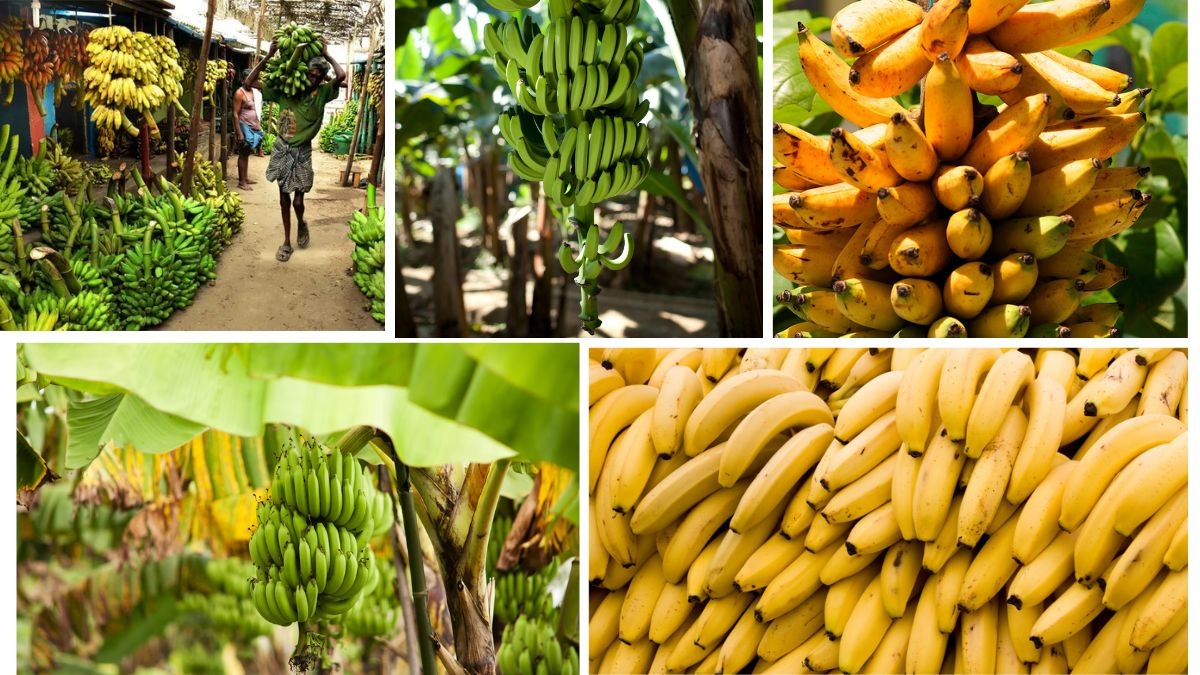





Leave A Comment